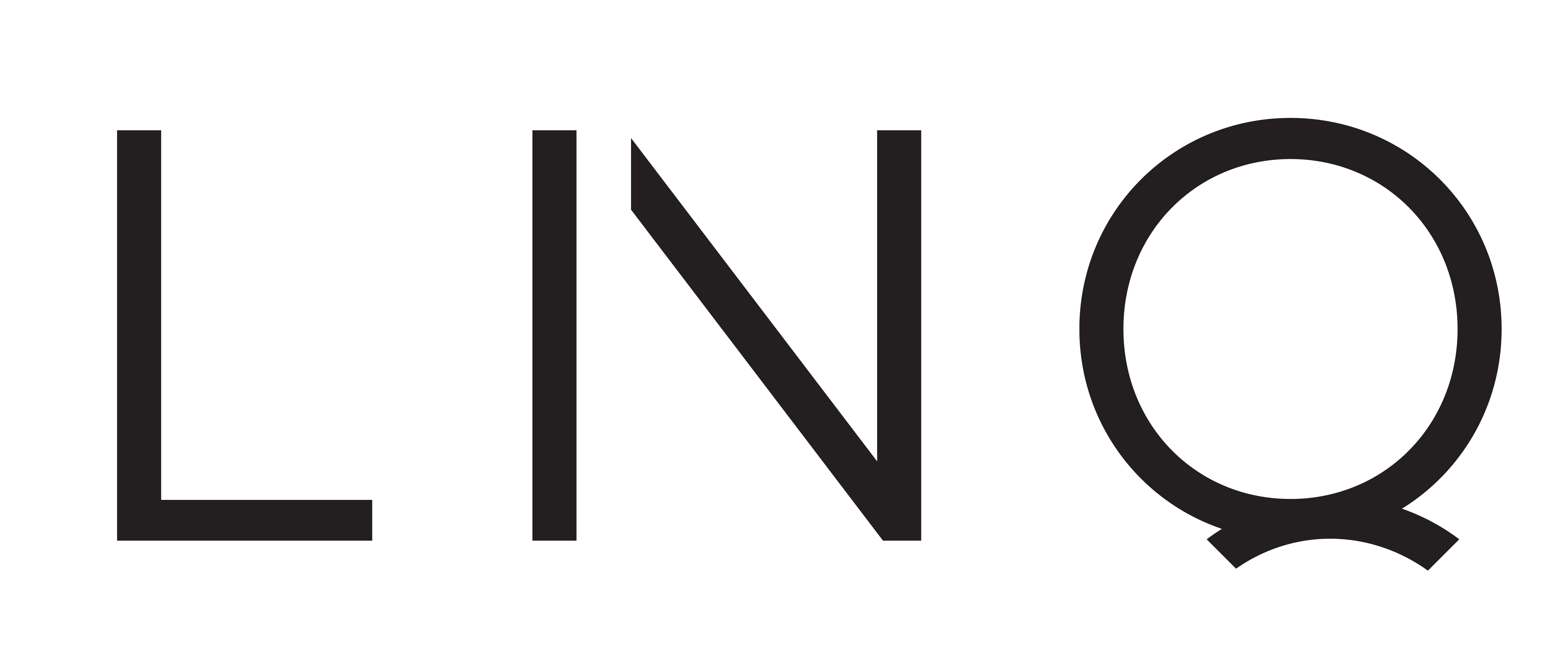FAQS - USB 3.2 gen 2
Yes, we can confirm your Wireless Mouse will work with this hub.
Yes, the Multiport hub specification is USB 3.1 Gen1, and is backwards compatible with USB3.0/USB 2.0.
This is actually normal behaviour for USB drive. When you copy a large amount of smaller files the computer needs to start a new copy process with each file, which reduces the overall/average speed. With copying a large file the process only needs to start once.
The USB 3.1 Gen1 ports on the multiport hub provide a maximum of 4.5W (5V, 900mA) and can provide sufficient power for most USB peripherals such as scanners, digital camera, mouse, keyboard and most external hard drives. However, for stable connection and data transfer we recommend to only connect 1 external hard drive at a time.
The USB ports on our multiport hubs can synchronize your Apple devices with your computer. Your Apple device will also charge, but very slow. For charging Apple devices we recommend to use a proper adapter so your devices can charge at proper faster speeds.
The USB ports on our multiport hubs can synchronize your Apple devices with your computer. Your Apple device will also charge, but very slow. For charging Apple devices we recommend to use a proper adapter so your devices can charge at proper faster speeds.
LINQ Multiport hubs do not support Apple Superdrive.
No, the USB-C hard drive needs to be connected to the dedicated USB-C data port to function properly. This port can be recognized by the 'super-speed' USB icon. If the USB-C peripheral is connected to the USB-C PD power port, the peripheral will not work.
Data sizes are usually measured in 'bytes', and Internet/file transfer speeds are measured in 'bits'. Based on the file size and your connection speed, you can estimate how long it'll take you to download or transfer something.
Byte is an uppercase 'B' and a bit is a lowercase 'b'. If it says MB, all capitals, then it is a megabyte. If it says Mb, then it is a megabit. There is one exception to this, of course, and it is the symbol for kilobit, which is 'kb', all lowercase.
There are eight bits in a byte, so to translate from one to the other, you can multiply or divide by eight. For example, if you want to transfer 38MB across a 38 Mbps connection, it will take eight seconds. Similarly a 5Gbps would mean 5000Mbps or 625MB per second (theoretical maximum data transfer speeds of a USB3.1 Gen1 port, actual speeds vary due to port loading or connected devices).
Further please also note that actual transfer speeds depend on maximum read/write speeds of the peripherals and devices. For example regular hard drives are much slower then an SSD, whereas also for SSD's there are quicker and slower drives.
There are eight bits in a byte, so to translate from one to the other, you can multiply or divide by eight. For example, if you want to transfer 38MB across a 38 Mbps connection, it will take eight seconds. Similarly a 5Gbps would mean 5000Mbps or 625MB per second (theoretical maximum data transfer speeds of a USB3.1 Gen1 port, actual speeds vary due to port loading or connected devices).
Further please also note that actual transfer speeds depend on maximum read/write speeds of the peripherals and devices. For example regular hard drives are much slower then an SSD, whereas also for SSD's there are quicker and slower drives.
Unable to find satisfactory answers ?
Contact Support





